Often there is a confusion about what a single use camera is – for some people using one has nothing to do with photography at all. For me, using a single use camera came as a relief, for someone who cared a lot about taking pictures but felt an SLR was to big of a schlep.
In the beginning of my photographic curve I would borrow my dad’s Canon FT and walk around town with the exciting black-and-white photos I’d seen in photo books at the small town library in the back of my mind. Later on, after night-class and admission to a one year journalism class, I got a Pentax T30 with a zoom-lens. The T30-experience eventually plunged me into the single use depths since a lot of daily commutes and stops to and from school in the capital (Stockholm) made the SLR a hassle to carry around.
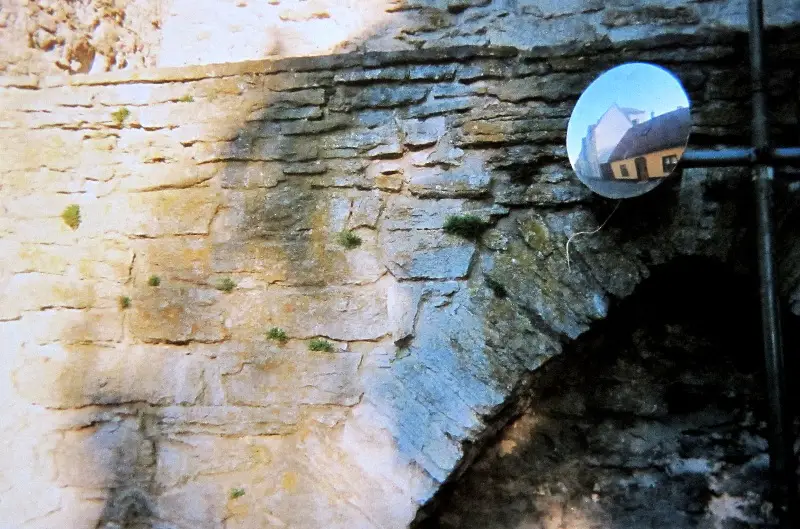
Taking a good or great picture with a single use is really all about composition. Other parameters, like light or contrasts, are in the hands of the lab. Motion blur is often inevitable – since there often is a fixed shutter speed at 1/125th – and the lack of real focus – since that is fixed as well – is only part of the palette of non-features.
The single use cameras I used over the course of some ten years were all with colour film. Nowadays I see there are ones sporting black-and-white but they weren’t available at the time.
Bad focusing – because of the plastic lenses – makes you look for fields of light or colour; lines or patterns; sense of direction. The Mondrian or even expressionist approach. A lot of the photos I took are colour compositions. Some – which are hazy because of low light – actually convey the sense of paintings.
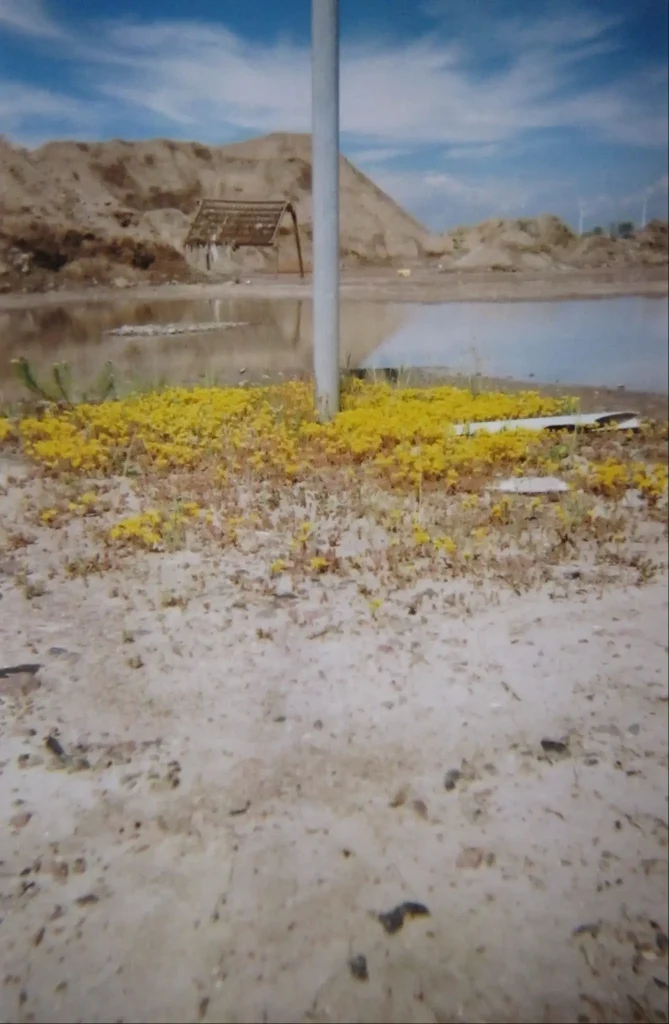
I would often confront my human subjects with “assault photography” – trying to capture an emotion or motion – when not having the option of composing portraits with normal camera features. I would say something that confused the victim – an amused confusion would occur on their faces which would enliven the picture. This approach would regularly result in blurry but fun pictures. In addition to this, the silent shutter of the cameras would make taking candid pictures a common thing.
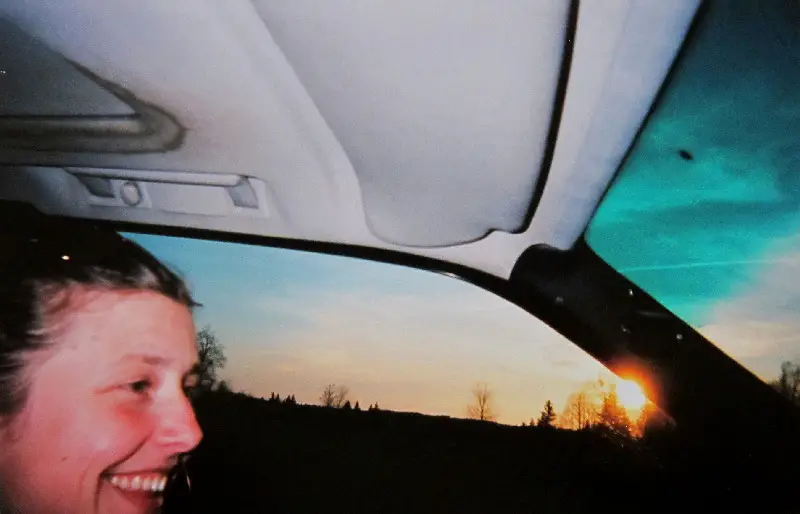
The limitations of the lenses would have me focus on the intimate environments, not crowded or busy scenes. I believe that this fact made me integrate my photography with my daily existence even more than the simple fact of always carrying a camera.
Receiving the copies from the lab after a few days made me look back on, and more deeply consider my life with friends and experiences: More love and more feelings of awe of our existence.
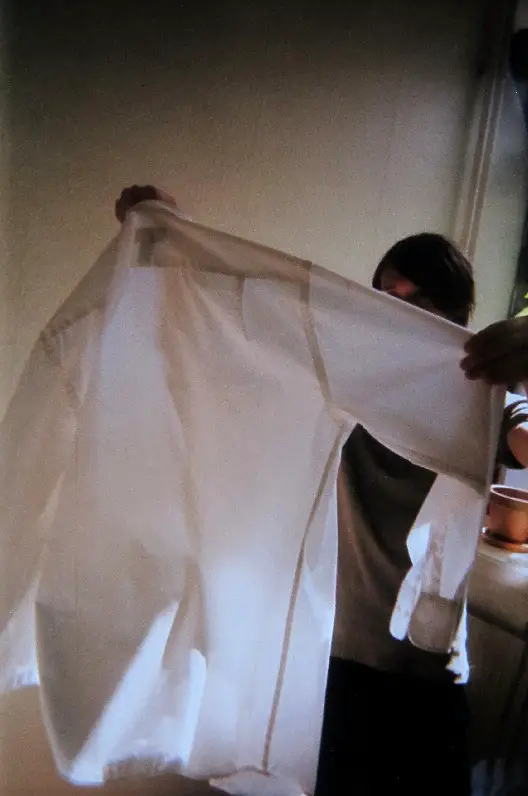
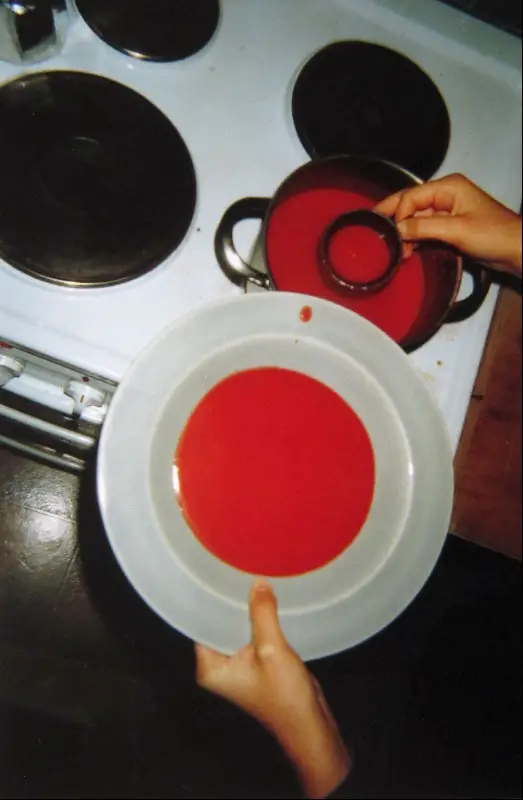
The next phase of photography occurred when my dad presented me with a camera he’d got with a magazine subscription or something: All plastic, including the lens – “Load it with a film and click”. It was like a single use but with a choice of variation of film speed. I was starting to really master the “no features” aesthetics in my photography.
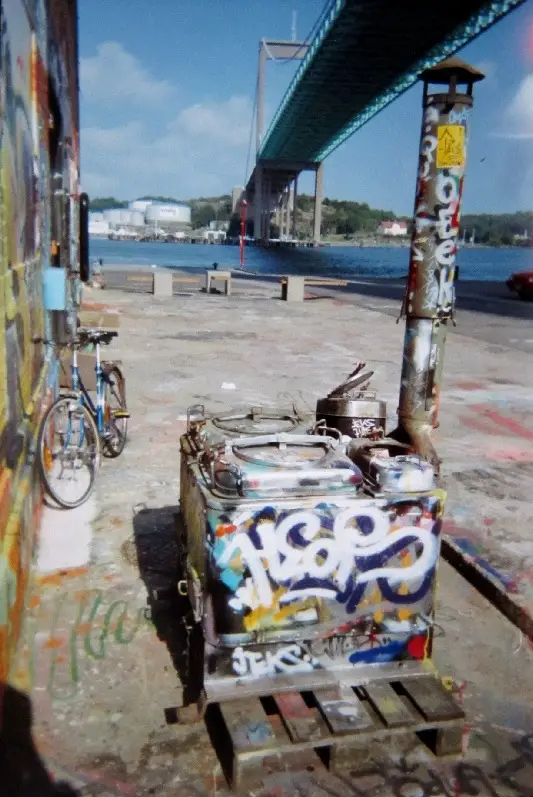
This eventually led me to appreciate Lomography’s Fisheye camera which is a very plasticky point-and-shoot. At this point my photographic curve came to a peak, or low, depending on what your position is. Either way, a point of juncture was approaching…
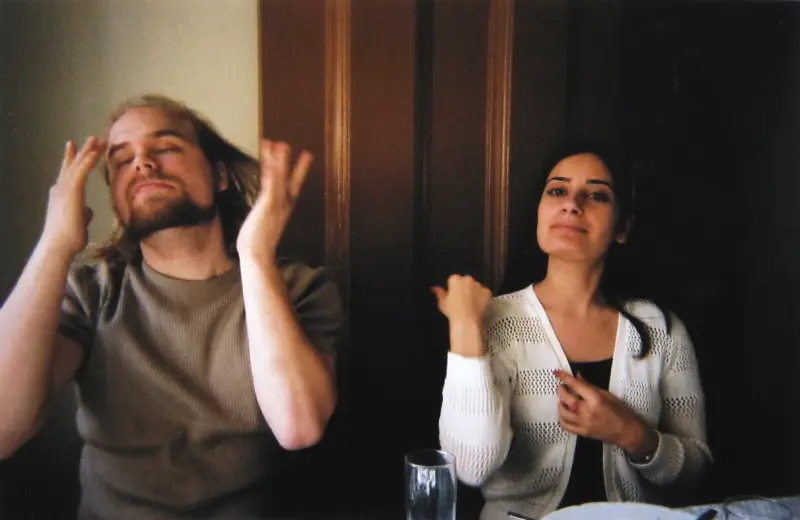
You can believe me when I say that my next camera came as a revelation! At a countryside thrift shop I got an Olympus XA for EUR 1. It was small like a single use, but with the SLR features of (almost forgotten) manual focus and aperture setting! That was the end of single use cameras for me. I wore the XA threadbare during the last ten years – until it died on me last fall.
I think that losing respect for cameras – which I somehow did switching to disposable ones – focused my attention solely to the taking of pictures. And the fact of the camera being able to take a beating without me having to worry. I don’t know whether these circumstances made me a better photographer, but it sure made me a bolder one.
With the Olympus XA eventually winning me over to the path of proper cameras again, I believe that I now am rather determined in what I want from a camera and what I definitely don’t need. I keep things simple: B&w, zone focusing, no Auto modes – to be able to concentrate on the photograph at hand.
Tainted by these experiences, I’m now using cameras such as the Canon Demi C (with two lenses!) and Canonet 17 (the early one), with some Yashica 35 YL sprinkled here and there.
You can find recent pictures and artwork on my blog: http://tobbetecknare.blogspot.se/
Here you will also see more and more of my single use pictures as they are currently being scanned and compiled for a book/exhibition.
My shop: https://www.etsy.com/se-en/shop/getOurBooks/
Share this post:
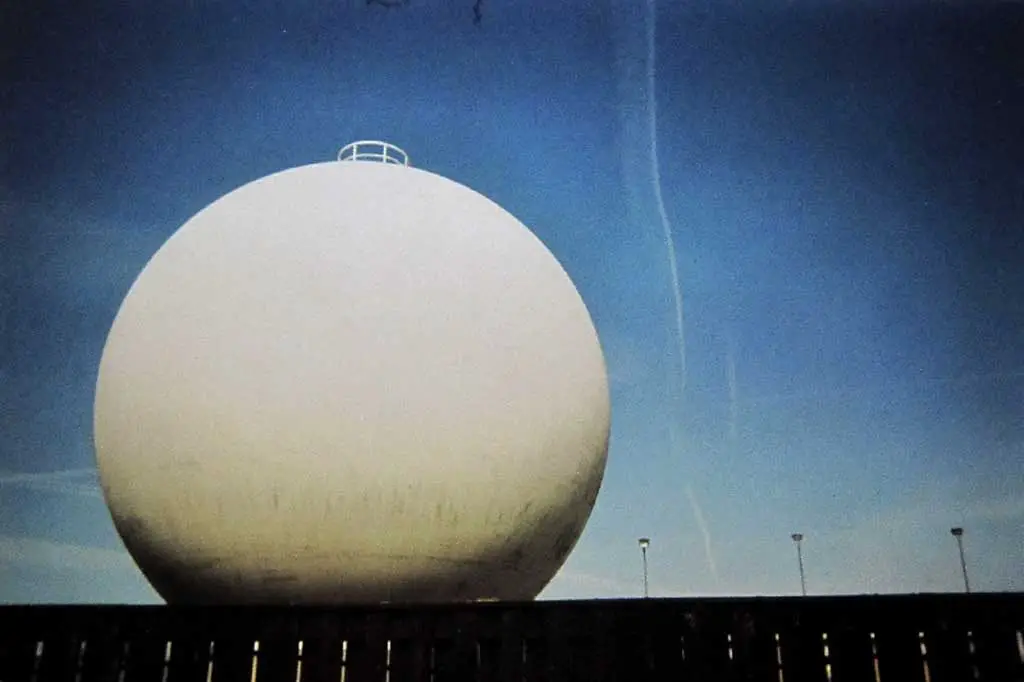








Comments
StephenJ on Disposable cameras – Reflections on my early use – by Tobias Eriksson
Comment posted: 29/05/2017
... "the sun is god!"
I have recently bought an Olympus XA... £75! outrageous I know, but the camera is in my view the best of those compacts. I have tried the mjuII and I had a few at the time, i.e. the sixties, seventies and eighties.
There is a camera which might give you the best of both worlds, namely the Olympus XA1, which was £2 in a charity shop... I have only run one film through it so far, it has only one aperture, f4, a selenium light meter and no focussing ability.... Not so much point and shoot... More point and hope. :)
Have you seen the film on the Sigma website? http://www.sigma-global.com/en/about/blur/
They are advertising their line of cinema lenses (off topic) but nevertheless the film has a similar sentiment to your story.
Tobias Eriksson on Disposable cameras – Reflections on my early use – by Tobias Eriksson
Comment posted: 29/05/2017
Well, Stephen, it's definitely worth GBP 75. I would gladly pay that amount for one today.
I'm pleased there are people who share my sentiment for photography (thinking now of the film you linked to) - though I firmly believe that one can possess several sentiments at once.
George Appletree on Disposable cameras – Reflections on my early use – by Tobias Eriksson
Comment posted: 01/06/2017
Actually all parameters are in your hand, don't let the lab handle your own ones!
The point is you can only shoot at 1/125, f 5.8, so nothing you can do out of that.
Other than that no good camera improves a bad eye, ... but also a bad camera put limits to a good one.
By my side not attracted at all by saturated colors coming from crappy lenses